-
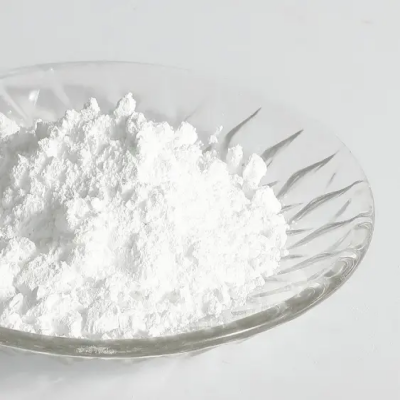
Indole-3-carboxaldehyde CAS:487-89-8
Indole-3-carboxaldehyde is a chemical compound with the molecular formula C9H7NO. It is a derivative of indole and is characterized by its carboxaldehyde functional group. This compound is studied for its unique properties and potential applications in organic synthesis, pharmaceutical research, and material science.
-

indolepropionicacid CAS:830-96-6
Indolepropionic acid (IPA) is a microbial metabolite and a derivative of indole. It is produced in the gastrointestinal tract by certain bacteria and has garnered interest for its potential health-related properties, including its role as a dietary supplement and its impact on gut microbiota.
-
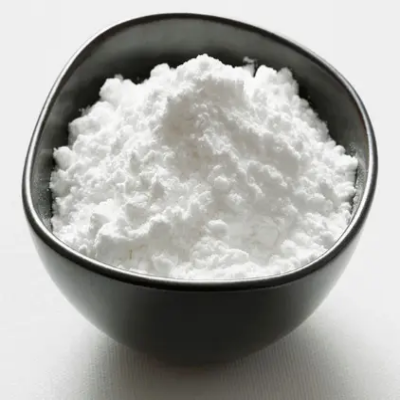
Indole-3-butyricacid CAS:133-32-4
Indole-3-butyric acid (IBA) is a plant hormone and auxin, belonging to the indole family. It plays a vital role in promoting root development and initiating adventitious root formation in plants. IBA is widely utilized in horticulture, agriculture, and tissue culture for its rooting properties and has become an essential tool in propagating plants from cuttings.
-

L-Phenylglycinol CAS:3182-95-4
L-Phenylglycinol, also known as (S)-2-Amino-1-hydroxy-1-phenylethanol, is a chemical compound with the molecular formula C8H11NO2. It is a white to off-white crystalline powder and has a faint amine-like odor. L-Phenylglycinol is commonly used as a chiral building block in organic synthesis and pharmaceutical research due to its ability to act as a resolving agent for racemic mixtures.
-

Indole-3-carbinol CAS:700-06-1
Indole-3-carbinol is a compound with the molecular formula C9H9NO. It is derived from cruciferous vegetables and has been studied for its potential health benefits, particularly in relation to hormone metabolism and potential anticancer properties.
-

5-Fluoroindole CAS:399-52-0
5-Fluoroindole is a chemical compound with the molecular formula C8H6FN. It is an indole derivative featuring a fluorine atom and is studied for its unique properties and potential applications in organic synthesis, pharmaceutical research, and material science.
-
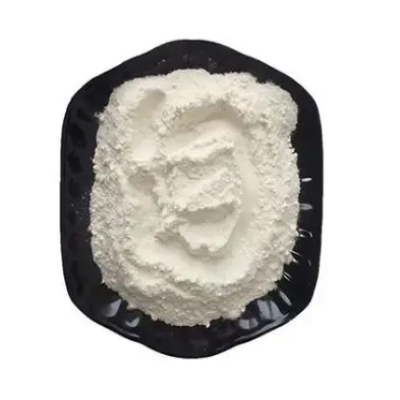
Ethyleneglycolmonovinylether CAS:764-48-7
Ethyleneglycolmonovinylether, also known as ethylene glycol monovinyl ether or EGVE, is a chemical compound with the molecular formula C4H8O2. It is a clear, colorless liquid that is soluble in water and commonly used as a reactive intermediate in organic synthesis and industrial applications.
-

3,4-Dihydroxybenzaldehyde CAS:139-85-5
3,4-Dihydroxybenzaldehyde, also known as protocatechuic aldehyde, is an organic compound with the chemical formula C7H6O3. It is a white to light yellow crystalline solid and is commonly used as an intermediate in the synthesis of pharmaceuticals, dyes, and perfumes. Additionally, it is utilized as a flavoring agent in the food industry and serves as an antioxidant with potential health benefits.
-

3-(dimethylamino)-1-(Pyridin-3-yl)prop-2-en-1-one CAS:55314-16-4
3-(dimethylamino)-1-(Pyridin-3-yl)prop-2-en-1-one, also known as DMAPP, is a chemical compound with the molecular formula C11H13NO. It is a yellow to brown crystalline powder that is commonly used in organic synthesis and pharmaceutical research due to its versatile reactivity and structural properties.
-
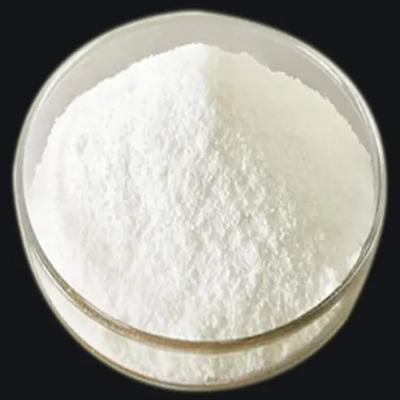
3-(4-Methyl-1H-imidazol-1-yl)-5-(trifluoromethyl)aniline CAS:641571-11-1
3-(4-Methyl-1H-imidazol-1-yl)-5-(trifluoromethyl)aniline, also known as MTA, is a chemical compound with the molecular formula C10H9F3N2. It is a white to light yellow crystalline powder that is sparingly soluble in water. This compound is widely used in organic synthesis and pharmaceutical research due to its unique structural properties.
-

1,2-Dimethyl-5-hydroxyindole-3-CarboxylateEthyl CAS:15574-49-9
1,2-Dimethyl-5-hydroxyindole-3-CarboxylateEthyl is a vital chemical compound widely used as an intermediate in pharmaceutical and organic synthesis. Its distinctive molecular composition makes it an essential building block for various specialized chemicals, particularly those crucial to pharmaceutical development and related industries.
-
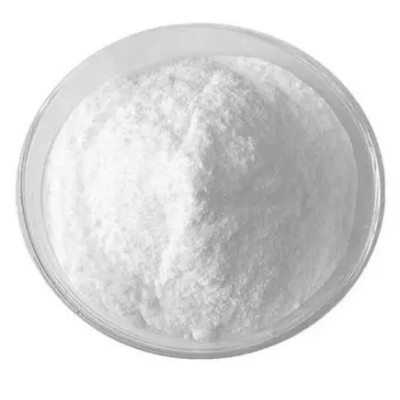
5-Bromo-2,4-dimethoxypyrimidine CAS:56686-16-9
5-Bromo-2,4-dimethoxypyrimidine is an organic compound with the chemical formula C6H6BrN2O2. It is a crystalline solid and is commonly used as a building block in the synthesis of pharmaceuticals, agrochemicals, and other organic compounds. Additionally, it serves as an intermediate in various chemical reactions due to its functional groups and reactivity.

